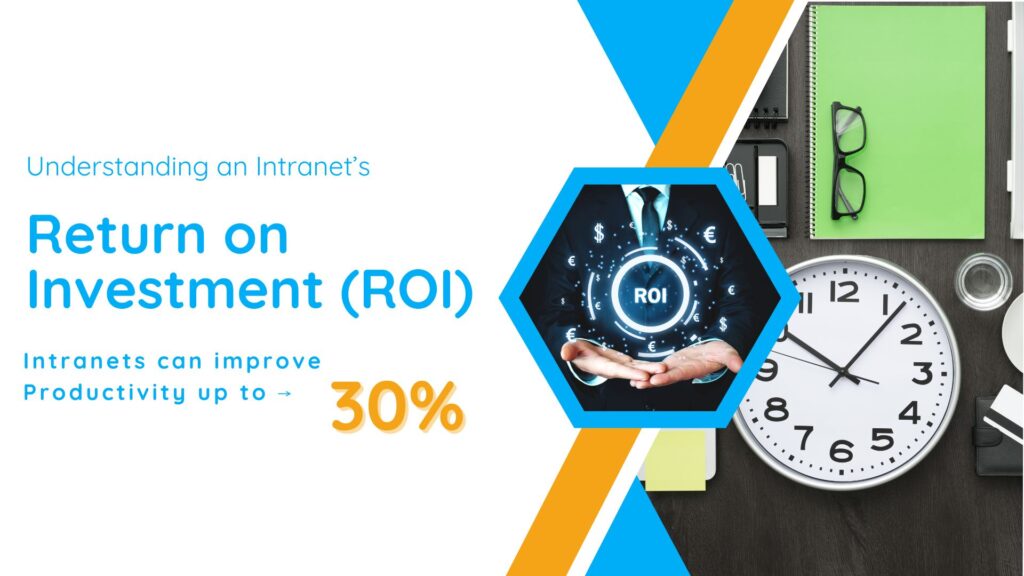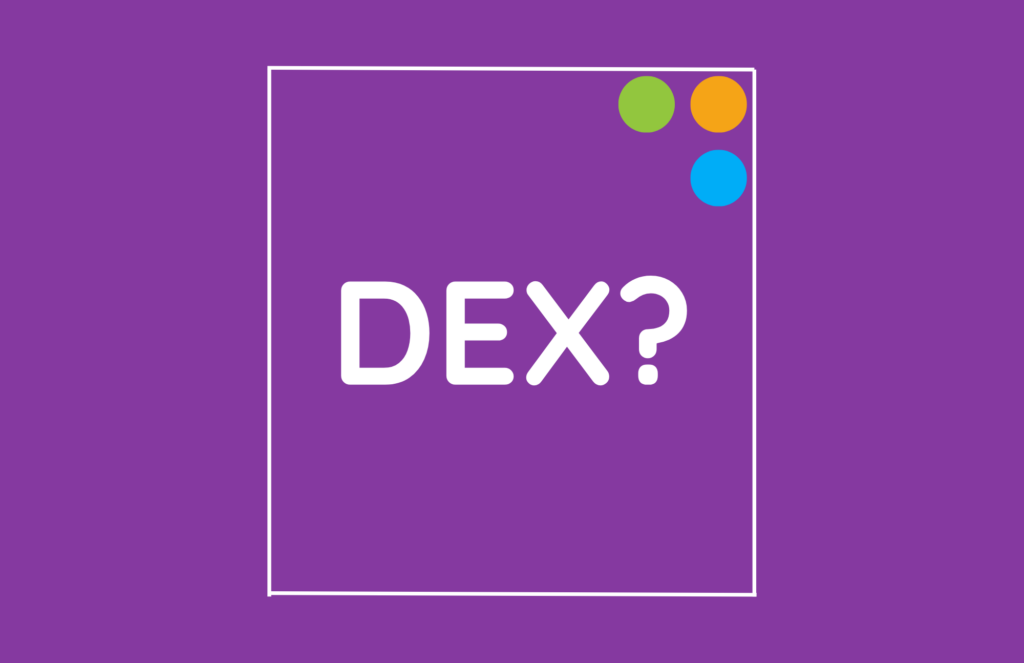Imagine your employees coming to work (or logging in from home) feeling excited, supported, and valued. They understand the importance of their work, have everything they need to succeed, and genuinely love being part of your team. That’s what a great employee experience (EX) is all about.
Here’s your guide to creating an employee experience to help your team thrive and help your business stand out in today’s competitive market.
What Is Employee Experience?
Employee experience (EX) is the sum of all an employee’s interactions with your organization, from the first point of contact during recruitment to their departure, whether they’ve been with you for two years or twenty. But it’s more than just a series of isolated events. It’s the journey your employees take with your organization. Every touchpoint matters. EX leads to higher engagement, retention, and overall productivity when managed well.
EX is a significant driver of business success in today’s competitive job market. Great EX does more than keep employees happy—it shapes the culture, drives innovation, and enhances customer experience. Understanding employee experience as a key business driver is essential for long-term success.
The Core Elements of Employee Experience
Various factors can shape employee experience, directly affecting how employees feel about their work and your company. These components are interconnected, and when executed properly, they create a comprehensive, positive EX.
Physical Experience
The physical environment plays a crucial role in the EX. Whether employees work in the office, remotely, or in a hybrid model, the work environment must be conducive to collaboration, focus, and well-being. A comfortable, well-equipped digital or physical workspace improves employee satisfaction and productivity. Companies that make physical spaces adaptable for all employees often see greater innovation and engagement. Example: Offering flexibility in choosing workspaces or ensuring offices have ergonomic furniture and quiet zones can profoundly affect productivity.
Digital Experience
Technology is a core part of modern work. Employees need digital tools that make their jobs easier, not harder. Evaluating digital tools should focus on three things: user-friendliness, how they solve real problems, and their ability to simplify complex tasks. For example, a company that offers a self-service portal for HR inquiries empowers employees to handle tasks efficiently and reduces administrative burden. Example: Mobile apps that allow employees to access schedules, track performance, and collaborate seamlessly across locations are essential for enhancing the digital experience.
Cultural Experience
Culture is your company’s personality. It’s how employees feel about the organization beyond policies and practices—what makes them proud to work there. A culture of openness, trust, and recognition can drive engagement, fostering more motivated and dedicated employees. Building a culture where employees feel safe sharing ideas and taking risks leads to better collaboration and more innovative solutions.
Why Employee Experience Matters
A great employee experience does more than improve job satisfaction—it leads to measurable business benefits. Studies have shown that companies with better EX perform better in revenue, profitability, and employee retention. A positive EX contributes directly to enhanced customer satisfaction, as happy employees are more likely to provide superior customer service.
For instance, organizations that focus on improving EX see increased employee engagement. Engaged employees are five times more likely to recommend their employer to others and to go above and beyond in their roles.
The Stages of Employee Experience
Employee experience isn’t just about the first few weeks at a job; it spans the entire lifecycle of an employee. Here’s a closer look at the key stages that form the foundation of EX:
- Attraction: How potential employees perceive your organization.
- Onboarding: First impressions during the early stages of employment.
- Development: Opportunities for career growth and skills training.
- Retention: Efforts to keep employees engaged and loyal.
- Offboarding: The final interactions as employees leave can significantly affect your reputation as an employer.
Each stage has its own impact, and employees must feel valued and supported at every phase. If any stage lacks attention, it could damage the overall experience and hurt employee retention in the long run.
Key Components of Employee Experience
The employee experience encompasses various aspects that significantly influence how employees perceive their work environment. Key components of this experience include:
Company Culture
Building a culture where employees feel appreciated, heard, and supported is crucial. A positive culture fosters collaboration, innovation, and growth. When employees feel that their work has meaning and aligns with company values, they are likelier to stay and perform at a high level.
Technology
The tools and technology you provide shape how employees interact with each other and the business. Technology should simplify processes and make employees’ jobs easier. Consider using an intranet like hubley to streamline communication, access resources, and collaborate. Example: For remote or hybrid teams, providing a user-friendly intranet like hubley enables employees to stay connected, access company updates, and collaborate seamlessly across different locations.
Workspace
Creating a conducive workspace environment is crucial, whether in an office or remotely. This includes everything from physical office layouts to virtual workspaces and digital tools.
Leadership
Leadership sets the tone for the employee experience. When leadership fosters a transparent, inclusive, and supportive work environment, employees are likelier to thrive. Leadership’s role in creating an engaging work environment cannot be overstated.
Benefits of a Great Employee Experience
The benefits of investing in EX are clear. Here are just a few reasons why improving EX should be a priority:
- Increased Productivity: Employees who feel supported, heard, and valued will naturally be more productive.
- Higher Retention Rates: Employees with positive experiences are less likely to leave. This reduces turnover costs and helps retain top talent.
- Improved Customer Experiences: Engaged employees provide better service, increasing customer satisfaction and loyalty.
- Stronger Employer Brand: Companies with a positive EX often see improved public perception, making them more attractive to top talent.
- Enhanced Collaboration: Happy employees work better together. Collaboration flourishes when employees feel connected to their work and each other.
Common Challenges in Improving Employee Experience
Improving EX is not without its challenges. Some common obstacles include:
- Lack of Feedback Channels: Employees may feel unheard without regular feedback, which can affect engagement.
- Inefficient Technology: Outdated or complicated systems can hinder employee productivity.
- Misaligned Leadership: If leadership is out of touch with employee needs, it can derail EX improvements.
Tips for Enhancing Your Employee Experience
To create an employee experience your team will love, follow these tips:
- Make Onboarding Positive and Enjoyable: Onboarding sets the tone for the employee’s experience. Ensure it is welcoming, clear, and tailored to your new hires’ needs.
- Foster Open Communication: Communication is key. Encourage regular feedback, hold one-on-ones, and ensure employees feel their voices are heard.
- Implement a Company Intranet: A robust, user-friendly intranet like hubley can streamline communication, provide easy access to resources, and build community.
- Prioritize Employee Wellness: Support your employees’ mental, physical, and emotional well-being through wellness programs and flexibility.
- Offer Growth Opportunities: Empower employees by offering training, skill development, and opportunities for advancement.
- Recognize and Reward Achievements: Celebrate accomplishments and contributions to show employees their work is valued.
- Optimize Workspaces: Whether remote or in-office, ensure your workspace is comfortable and conducive to productivity.
Cultivate a Better Employee Experience with hubley
An intranet like hubley offers companies the tools they need to create a better employee experience. With features that facilitate communication, collaboration, and easy access to resources, hubley can help you build a work environment that supports engagement, growth, and overall success.
Ready to take your employees’ experience to the next level? Contact us today for a demo of hubley and start creating an employee experience your team will love.









